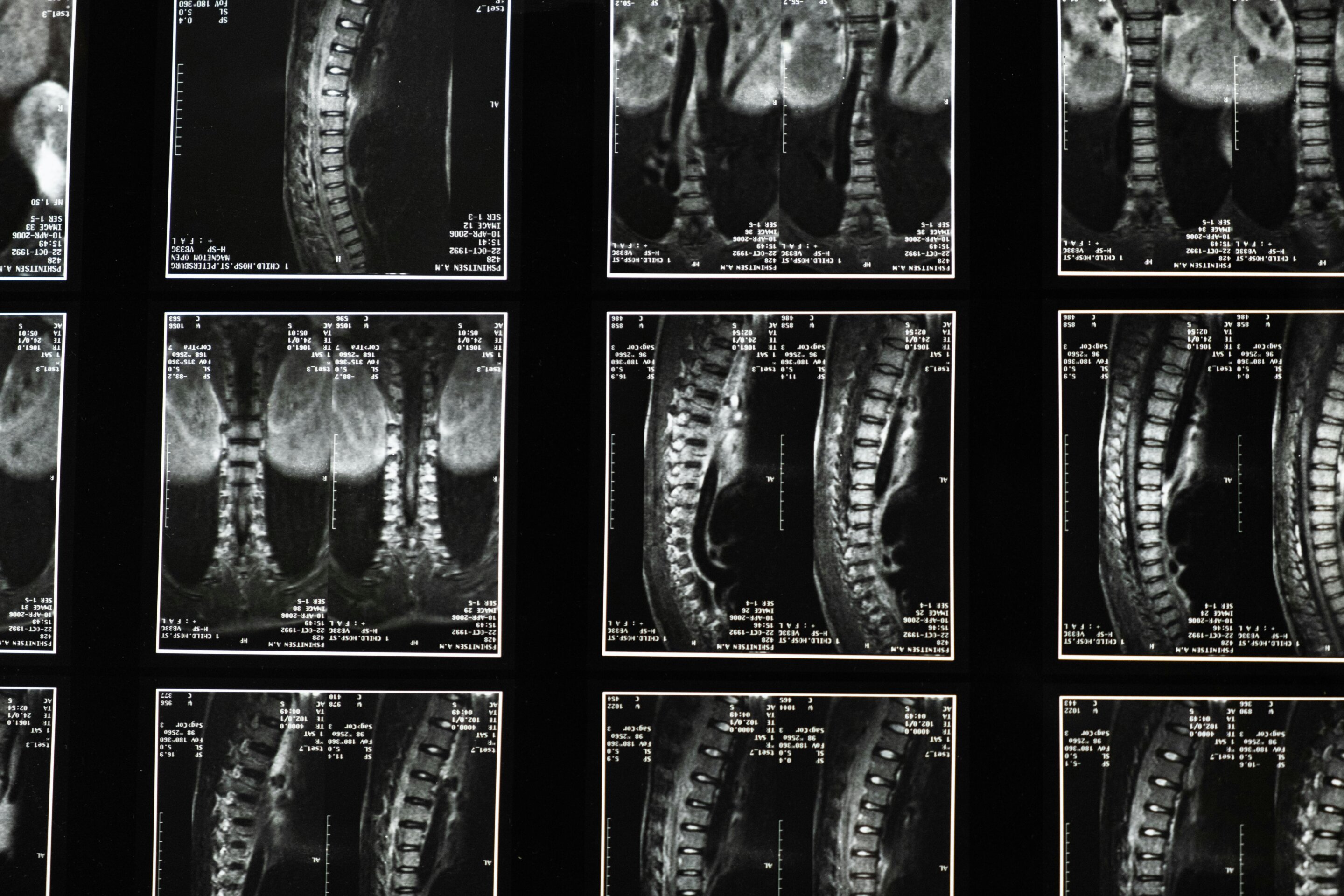
In Stockholm, during the 26th European Congress of Endocrinology, held May 11-14, new research was presented indicating that the measurement of arm fat could serve as a simple and inexpensive method to predict spinal fracture risks among men and women over the age of 50. This innovative approach could allow for the early identification of high-risk individuals and the tailoring of their preventative care and physical exercise regimens.
Osteoporosis is widely recognized as a prevalent condition in older demographics and ranks as one of the most unaddressed and untreated medical issues globally. Often, individuals are unaware they suffer from osteoporosis until they sustain a fracture, with the spine being the most common fracture site. Current diagnostic methods rely on dual-energy X-ray absorptiometry (DXA) to measure bone mineral density (BMD) and trabecular bone score (TBS) to evaluate bone quality and fracture risk. However, the relationship between body fat and bone health is not well established.
Researchers at the National and Kapodistrian University of Athens conducted a study involving 14 men and 101 women, who were on average 62 years old and not diagnosed with osteoporosis. The results showed that excess body fat, independently of BMI, corresponded with lower bone quality in the spine. They further discovered that visceral fat—the fat surrounding internal organs—was linked to decreased bone quality in the vertebrae’s spongy tissue.
Source: Medical Xpress
